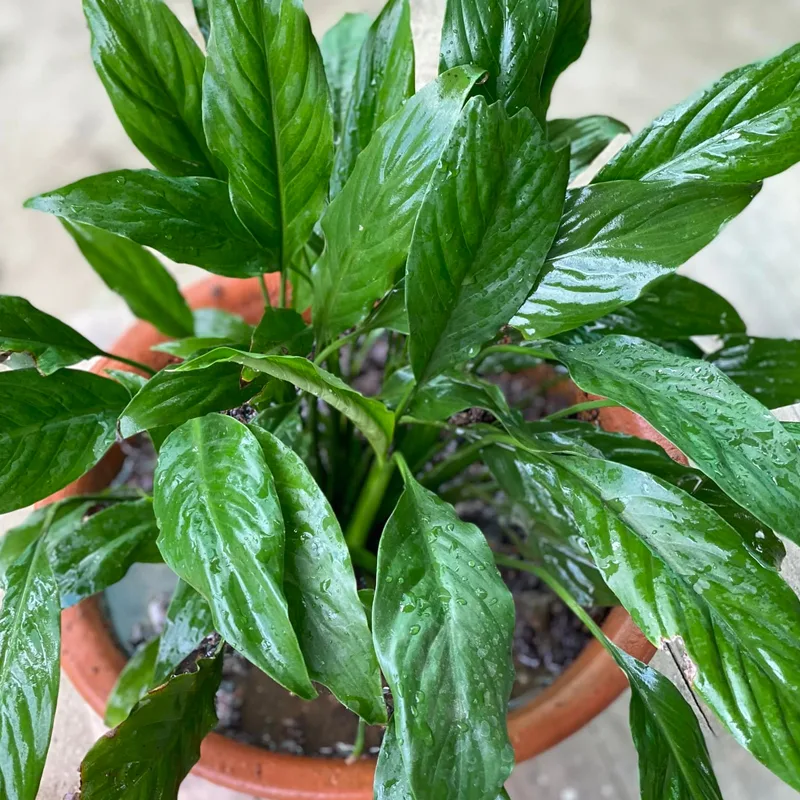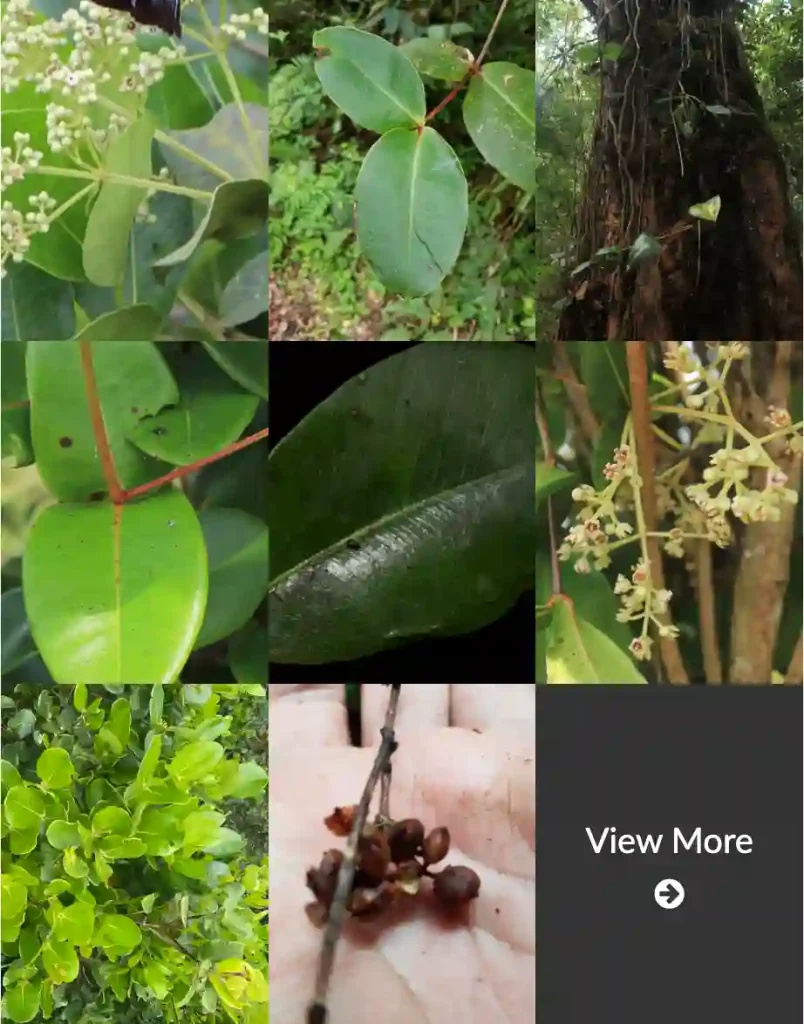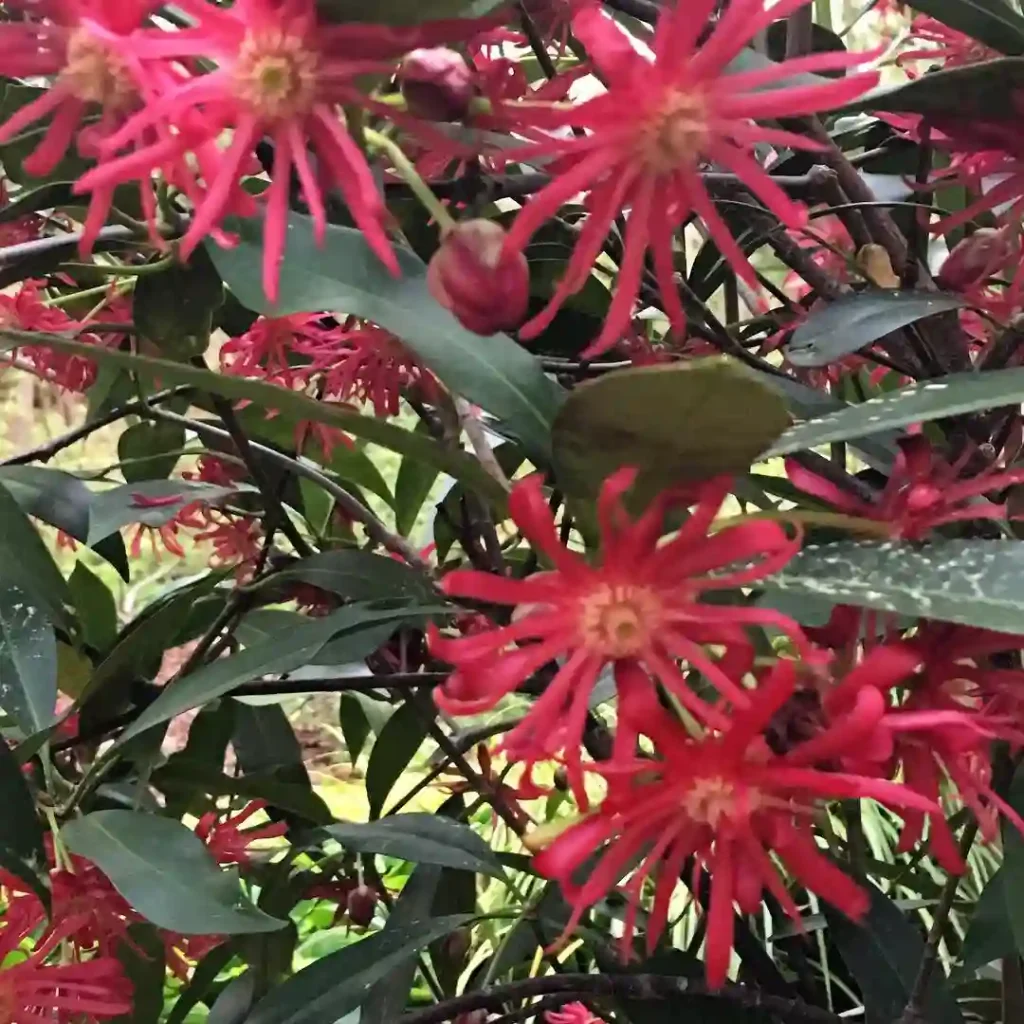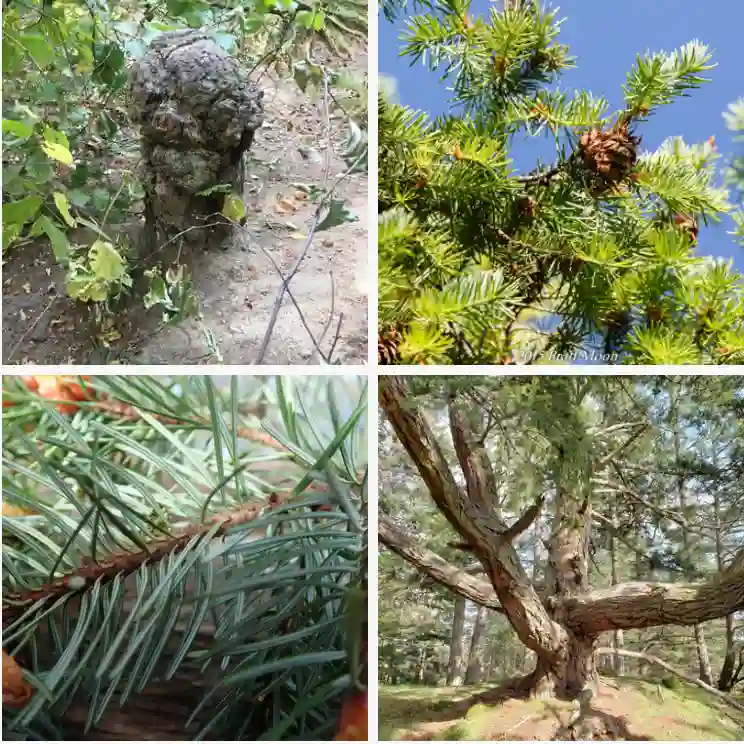My Fascination with the Boraginaceae Family: A Journey through Diversity and Beauty
As a botanist and plant enthusiast, I’ve always been captivated by the sheer variety and beauty of the plant kingdom. One family that holds a special place in my heart is the Boraginaceae, commonly known as the borage or forget-me-not family. This remarkable group boasts a fascinating array of plants, from delicate wildflowers to sturdy shrubs, each with its unique charm and ecological significance. In this article, I’ll delve into the captivating world of the Boraginaceae family, exploring its key characteristics, notable genera, and the reasons why it continues to intrigue and inspire me.
The Boraginaceae Family: A Tapestry of Features
The Boraginaceae family is a large and diverse group, comprising around 2,000 species distributed across 153 genera. These plants can be found in a variety of habitats worldwide, from arid deserts to lush meadows. Despite their diversity, Boraginaceae plants share a number of key characteristics that set them apart.
One of the most distinctive features of the Boraginaceae family is their hairy leaves and stems. These hairs, known as trichomes, serve a variety of functions, including protection from herbivores, reduction of water loss, and regulation of temperature. The hairs also give many Boraginaceae plants a rough or bristly texture, which can be a useful identification clue.
Another hallmark of the Boraginaceae family is their inflorescence, or flower cluster. Most Boraginaceae plants produce scorpioid cymes, which are coiled or curved clusters of flowers that uncoil as they bloom. This unique arrangement creates a visually striking display and ensures efficient pollination.
The flowers of Boraginaceae plants are typically small and radially symmetrical, with five petals, five sepals, and five stamens. The petals are often fused at the base, forming a short tube or throat. The color of the flowers varies widely, ranging from vibrant blues and purples to delicate pinks and yellows. This diversity of colors attracts a wide range of pollinators, including bees, butterflies, and flies.
Genera: A Showcase of Diversity
The Boraginaceae family encompasses a vast array of genera, each with its own unique set of characteristics and adaptations.
- Myosotis: This genus, commonly known as forget-me-nots, is beloved for its delicate blue flowers and sentimental associations. Forget-me-nots are often found in damp meadows and along streambanks, adding a touch of color to the landscape. – 167 Species in Genus Myosotis
- Anchusa: This genus comprises a variety of plants, from low-growing perennials to tall biennials. Anchusa plants are known for their vibrant blue flowers, which attract pollinators and add a splash of color to gardens. – 38 Species in Genus Anchusa
- Echium: This genus includes several species, ranging from small herbs to large shrubs. Echium plants are native to the Mediterranean region and are known for their striking blue or purple flowers, which are arranged in dense spikes or clusters. – 73 Species in Genus Echium
- Borago: This genus is perhaps best known for the species Borago officinalis, commonly known as borage. Borage is an annual herb with bright blue, star-shaped flowers and hairy leaves. It is often cultivated for its culinary and medicinal uses. – 5 Species in Genus Borago
- Symphytum: This genus comprises several species, commonly known as comfreys. Comfreys are perennial herbs with bell-shaped flowers, ranging in color from purple to pink to white. They are often grown for their medicinal properties and as ornamental plants. – 33 Species in Genus Symphytum
- Actinocarya Benth.
- Adelinia J.I.Cohen
- Adelocaryum Brand
- Aegonychon Gray
- Afrotysonia Rauschert
- Ailuroglossum Sutorý
- Alkanna Tausch
- Amblynotus (A.DC.) I.M.Johnst.
- Amphibologyne Brand
- Amsinckia Lehm.
- Amsinckiopsis (I.M.Johnst.) Guilliams, Hasenstab & B.G.Baldwin
- Ancistrocarya Maxim.
- Andersonglossum J.I.Cohen
- Anoplocaryum Ledeb.
- Antiotrema Hand.-Mazz.
- Antiphytum DC. ex Meisn.
- Arnebia Forssk.
- Asperugo L.
- Bothriospermum Bunge
- Bourreria P.Browne
- Brachybotrys Maxim. ex Oliv.
- Brandella R.R.Mill
- Brunnera Steven
- Buglossoides Moench
- Caccinia Savi
- Cerinthe L. – 6 Species in Genus Cerinthe
- Chionocharis I.M.Johnst.
- Codon L.
- Coldenia L.
- Cordia L. – 228 Species in Genus Cordia
- Craniospermum Lehm.
- Crucicaryum Brand
- Cryptantha Lehm. ex G.Don – 110 Species in Genus Cryptantha
- Cynoglossopsis Brand
- Cynoglossum L. – 84 Species in Genus Cynoglossum
- Cynoglottis (Guşul.) Vural & Kit Tan
- Cystostemon Balf.f.
- Dasynotus I.M.Johnst.
- Decalepidanthus Riedl
- Draperia Torr.
- Echiochilon Desf.
- Ehretia P.Browne
- Ellisia L.
- Embadium J.M.Black
- Emmenanthe Benth.
- Eremocarya Greene
- Eriodictyon Benth.
- Eritrichium Schrad. ex Gaudin
- Eucrypta Nutt.
- Euploca Nutt.
- Gastrocotyle Bunge
- Glandora D.C.Thomas, Weigend & Hilger
- Greeneocharis Gürke & Harms
- Gyrocaryum Valdés
- Hackelia Opiz
- Halacsya Dörfl.
- Halgania Gaudich.
- Harpagonella A.Gray
- Heliocarya Bunge
- Heliotropium Tourn. ex L. – 255 Species in Genus Heliotropium
- Hesperochiron S.Watson
- Hoplestigma Pierre
- Hormuzakia Guşul.
- Huynhia Greuter
- Hydrophyllum L.
- Iberodes M.Serrano, R.Carbajal & S.Ortiz
- Ivanjohnstonia Kazmi
- Ixorhea Fenzl
- Johnstonella Brand
- Keraunea Cheek & Sim.-Bianch.
- Lappula Moench
- Lasiocaryum I.M.Johnst.
- Lennoa Lex.
- Lepechiniella Popov
- Lepidocordia Ducke
- Lindelofia Lehm.
- Lithodora Griseb. – 3 Species in Genus Lithodora
- Lithospermum L.
- Lobostemon Lehm.
- Maharanga DC.
- Mairetis I.M.Johnst.
- Mattiastrum (Boiss.) Brand
- Megacaryon Boiss.
- Melanortocarya Selvi, Bigazzi, Hilger & Papini
- Memoremea A.Otero, Jim.Mejías, Valcárcel & P.Vargas
- Mertensia Roth – 52 Species in Genus Mertensia
- Microcaryum I.M.Johnst.
- Microparacaryum (Popov ex Riedl) Hilger & Podlech
- Microula Benth.
- Mimophytum Greenm.
- Moltkia Lehm.
- Moltkiopsis I.M.Johnst.
- Moritzia DC. ex Meisn.
- Myosotidium Hook.
- Myriopus Small
- Nama L.
- Neatostema I.M.Johnst.
- Nemophila Nutt. ex W.P.C.Barton – 13 Species in Genus Nemophila
- Nesocaryum I.M.Johnst.
- Nihon A.Otero, Jim.Mejías, Valcárcel & P.Vargas
- Nogalia Verdc.
- Nonea Medik.
- Ogastemma Brummitt
- Omphalodes Mill.
- Omphalolappula Brand
- Omphalotrigonotis W.T.Wang
- Oncaglossum Sutorý
- Onosma L.
- Oreocarya Greene
- Paracaryum Boiss.
- Paramoltkia Greuter
- Pectocarya DC. ex Meisn.
- Pentaglottis Tausch
- Phacelia Juss. – 209 Species in Genus Phacelia
- Pholisma Nutt. ex Hook.
- Pholistoma Lilja
- Phyllocara Guşul.
- Plagiobothrys Fisch. & C.A.Mey.
- Podonosma Boiss.
- Pontechium Böhle & Hilger
- Pseudolappula Khoshsokhan & Kaz.Osaloo
- Pulmonaria L. – 26 Species in Genus Pulmonaria – Lungwort
- Rindera Pall.
- Rochefortia Sw.
- Rochelia Rchb.
- Romanzoffia Cham.
- Rotula Lour.
- Sauria Bajtenov
- Selkirkia Hemsl.
- Simpsonanthus Guilliams, Hasenstab & B.G.Baldwin
- Sinojohnstonia Hu
- Solenanthus Ledeb.
- Stenosolenium Turcz.
- Suchtelenia Kar. ex Meisn.
- Thaumatocaryon Baill.
- Thyrocarpus Hance
- Tianschaniella B.Fedtsch. ex Popov
- Tiquilia Pers.
- Tournefortia L.
- Trachelanthus Kunze
- Trachystemon D.Don
- Tricardia Torr. ex S.Watson
- Trichodesma R.Br.
- Trigonocaryum Trautv.
- Trigonotis Steven
- Varronia P.Browne
- Wellstedia Balf.f.
- Wigandia Kunth
My Enduring Fascination
My fascination with the Boraginaceae family stems from their incredible diversity, ecological significance, and aesthetic appeal. These plants play vital roles in their ecosystems, providing food and shelter for a wide range of insects and other animals. They also contribute to the beauty of our natural landscapes, adding color and texture to meadows, forests, and gardens.
As a botanist, I’m constantly amazed by the intricate adaptations and evolutionary strategies that Boraginaceae plants have developed over millions of years. From their hairy leaves and stems to their unique inflorescences and vibrant flowers, these plants showcase the wonders of nature and the power of natural selection.
Whether I’m hiking through a meadow, exploring a botanical garden, or simply admiring the wildflowers in my own backyard, I’m always on the lookout for members of the Boraginaceae family. Each encounter reminds me of the beauty and complexity of the plant kingdom and fuels my passion for botany.
In conclusion, the Boraginaceae family is a treasure trove of diversity, beauty, and ecological significance. From delicate forget-me-nots to sturdy comfreys, these plants captivate with their unique characteristics and adaptations. As a botanist and plant enthusiast, I’m continually inspired by the wonders of the Boraginaceae family and the endless possibilities they offer for exploration and discovery.
If i die, water my plants!



